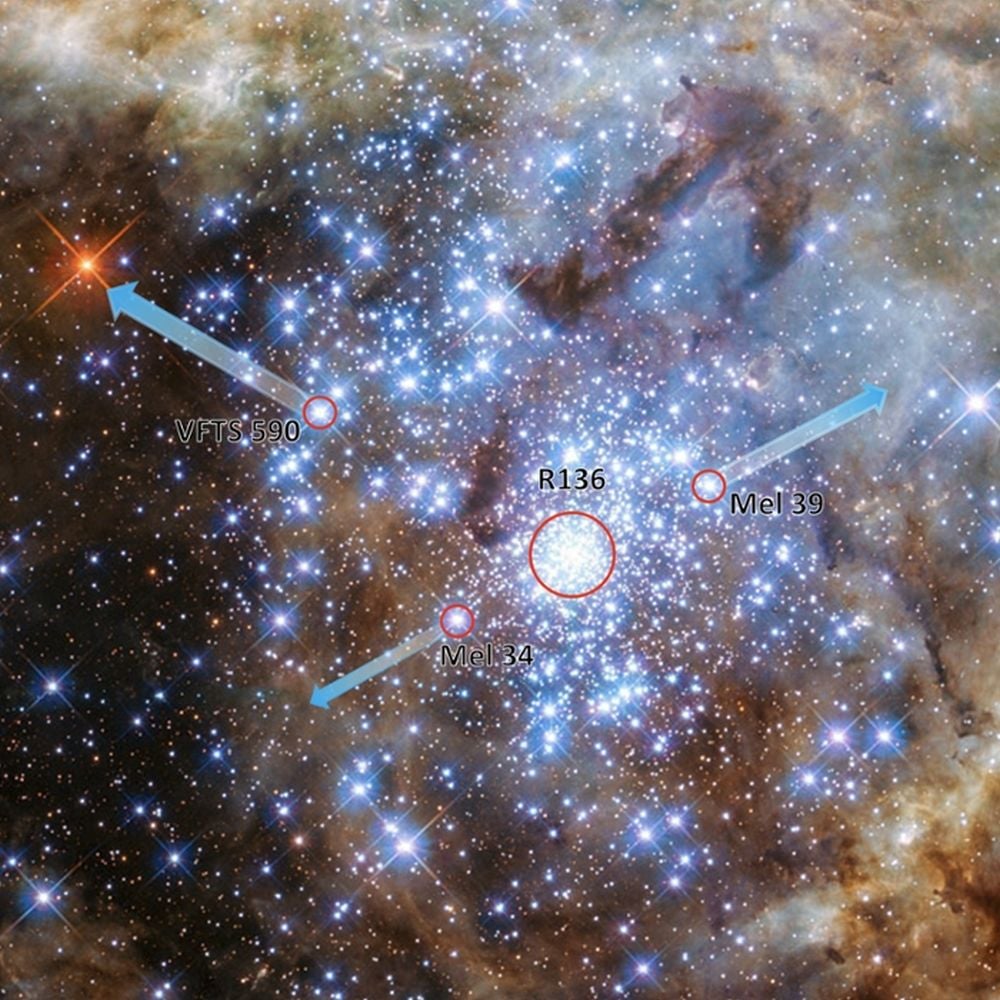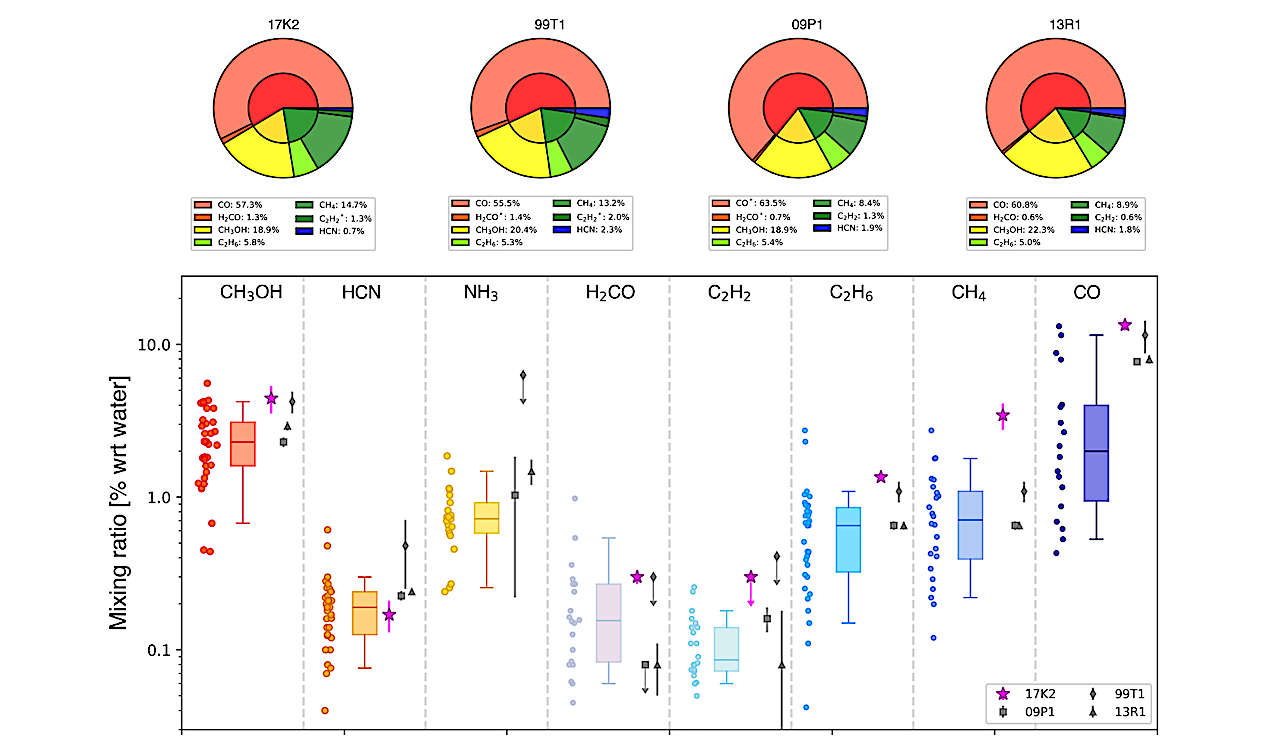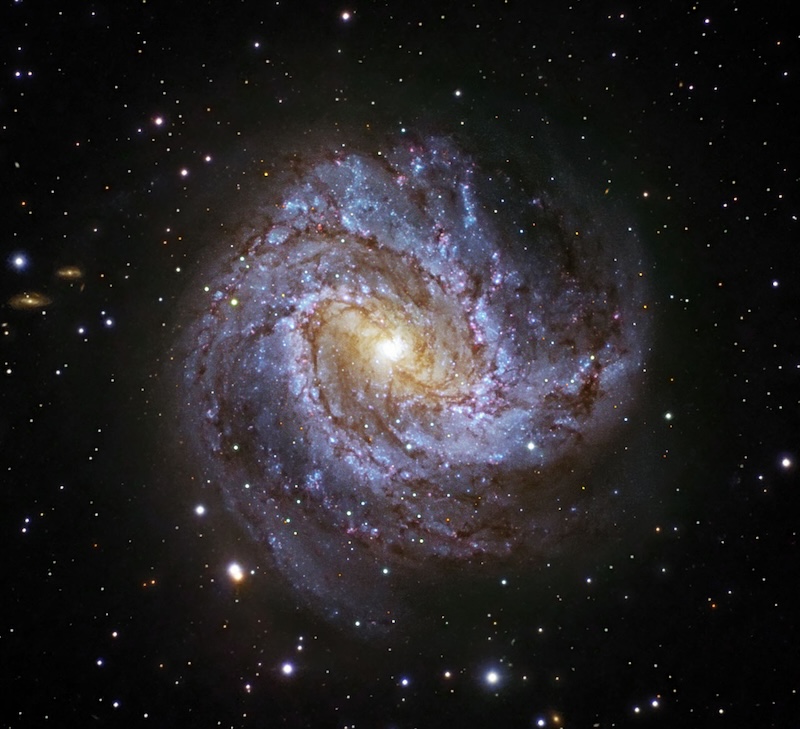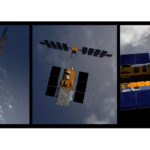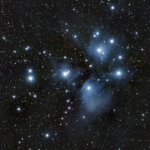Mysteries abound in space. In the Tarantula Nebula, which lies in the Large Magellanic Cloud, astronomers used simulations to reconstruct how three stars were ejected from the star cluster R136,
Hot Posts388- Page
Comparison of K2 with other comets. In the upper panel, the comet is compared with C/2009 P1, C/1999 T1, and C/2013 R1, which show the closest relative abundance proportions. In
TAMPA, Fla. — The Canadian Space Agency (CSA) awarded initial study contracts July 29 for a lunar utility rover as part of the country’s push to deepen its role in
This spectacular spiral galaxy is Messier 83, also known as the Southern Pinwheel. New research on this galaxy may help explain how galaxies are able to sustain star formation over
HELSINKI — Chinese startup Space Pioneer has completed a launch pad at Jiuquan spaceport for its Tianlong-3 liquid propellent rocket ahead of a first orbital launch. To continue reading this
Applications 23/07/2025 319 views 11 likes The next sea-level monitoring satellite, Copernicus Sentinel-6B, has begun its journey from Europe to the Vandenberg Space Force Base in California, where it is
Spacecraft have some of the coolest names in the galaxy — from sleek probes and rovers to star-hopping vessels in sci-fi blockbusters. Some names are etched into history — like
Planet M–R and mass–density distributions of literature and TGLC-fitted values. (a) M–R distribution of small TESS planets. (b) Mass–density distribution of small TESS planets. Both panels include the high-precision planet
7 Min Read NASA’s SpaceX Crew-10 Looks Back at Science Mission NASA’s SpaceX Crew-10 Looks Back at Science Mission NASA’s SpaceX Crew-10 mission with agency astronauts Anne McClain and Nichole
Earth’s limb as seen from space. Photo ISS001-421-24 3 March 2001 Larger image — NASA The oxygenation of Earth’s atmosphere 2.3 billion years ago, which on exoplanets is expected to
-
 012024 in Review: Highlights from NASA in Silicon Valley
012024 in Review: Highlights from NASA in Silicon Valley -
 02Panasonic Leica Summilux DG 15mm f/1.7 ASPH review
02Panasonic Leica Summilux DG 15mm f/1.7 ASPH review -
 03How New NASA, India Earth Satellite NISAR Will See Earth
03How New NASA, India Earth Satellite NISAR Will See Earth -
 04And Thus Begins A New Year For Life On Earth
04And Thus Begins A New Year For Life On Earth -
 05Astronomy Activation Ambassadors: A New Era
05Astronomy Activation Ambassadors: A New Era -
06SpaceX launch surge helps set new global launch record in 2024
-
 07Space Force plans new ‘Futures Command’ amid pressure to speed up modernization
07Space Force plans new ‘Futures Command’ amid pressure to speed up modernization


